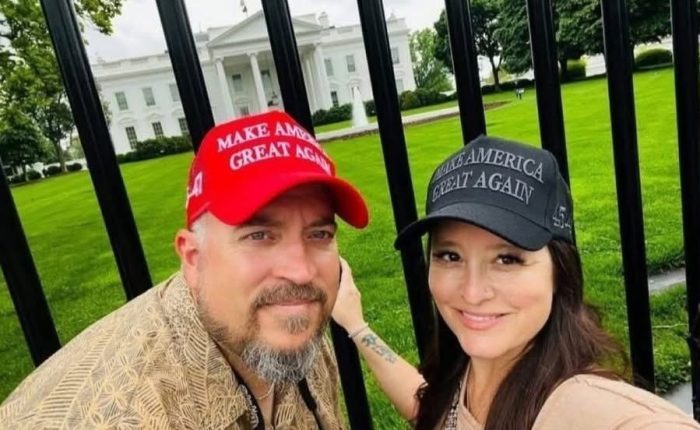Setting the Record Straight on the Coeur d’Alene Tragedy and Wess Roley

New UPDATE About -Coeur d’Alene, Idaho – A devastating and senseless act of violence shook the community to its core when a deliberately set wildfire led to a deadly ambush on responding firefighters. Two firefighters lost their lives, and a third remains in critical condition, after being lured to the blaze and shot in an apparent premeditated attack. Law enforcement officials later combed the surrounding woods and found the shooter dead from a self-inflicted gunshot wound.
As news of the attack spread, rumors and misinformation exploded online, with certain groups and social media accounts rushing to assign blame to political or social identities — most of them baseless and deeply misleading. In the hours and days following the shooting, some corners of the internet pushed conspiracy theories targeting transgender individuals, liberals, and anti-government extremists.
Let’s take a moment to pause the rumor mill and look strictly at what is actually known about the shooter, Wess Roley, based on confirmed sources and reporting.
Who Was Wess Roley?
Wess Roley, the 20-year-old behind the Coeur d’Alene ambush, was not transgender, contrary to online speculation. He identified as male, had always presented as such, and was known by those close to him as a quiet but intense young man with a love for the outdoors.
Wess had been working in the tree service industry, and according to his grandfather, Dale Roley, his lifelong dream was to become a wildland firefighter—the very kind of professional he ambushed in this tragedy. It remains unclear why he was not accepted into a firefighting program, but if rejection played a role, that disappointment may have fueled the motivation for this horrific act.
A Complicated Family History
There is no evidence that Wess was raised by “radical leftists” or “communist parents,” as falsely claimed by several viral posts. In reality, his parents divorced when he was 10, and his mother, Heather Lynn Cuchiara, alleged domestic abuse in court filings. A judge later barred Wess’s father, Jason Roley, from seeing him for most of his adolescent years.
While Jason Roley has maintained the abuse claims were false, his online presence paints a picture of a man with strong conservative affiliations. His public Facebook profile features motorcycle gang patches and tattoos associated with far-right themes, including visible symbols linked to nationalist and anti-government sentiment.
Jason now lives with his new family just a mile from where the fire was set—a geographic detail that raises questions investigators are still trying to answer. It’s unknown whether Wess was attempting to send a message or create proximity-based chaos.
Meanwhile, Wess’s mother also moved on. She has a new partner, and they recently traveled to Washington, D.C., posting vacation photos on social media. Their political views appear ordinary, and there is no indication they influenced Wess’s actions.
What Happened in the Woods?
Authorities believe Wess deliberately set a fire in a wooded area outside Coeur d’Alene on June 27, 2025, with the intention of drawing in first responders. When the firefighters arrived to extinguish the blaze, they were ambushed by gunfire. Two were killed at the scene. A third was airlifted to a nearby hospital and remains in critical but stable condition.
A manhunt ensued as law enforcement swarmed the area. After several hours, Wess Roley was found dead in the woods nearby from a self-inflicted gunshot wound. A weapon was recovered at the scene, and the investigation is ongoing.
A Tragedy Without Simple Answers
The incident has sparked urgent conversations around mental health, violent extremism, and gun access—but it has also become a flashpoint for online disinformation, much of it rooted in political agendas.
The truth is: Wess Roley was a deeply troubled young man, but his background defies the narratives being constructed online. He was not part of any known extremist group. He was not transgender. He did not grow up in a stereotypical “liberal household.” Instead, his life was shaped by a complicated family dynamic, estranged relationships, and a possibly unfulfilled dream of becoming the very kind of firefighter he chose to attack.
This tragedy deserves sober reflection, not knee-jerk scapegoating. It is a painful example of how unresolved personal struggles can manifest in horrific violence—and how quickly the facts can be buried under waves of misinformation.
As Idaho mourns the fallen and prays for the wounded, the most urgent task now is to support the families affected and ensure that truth—not fear or fiction—guides the public response.
Anyone with further information about this incident is urged to contact local authorities. Mental health resources are also available for those struggling in the aftermath of this event.
